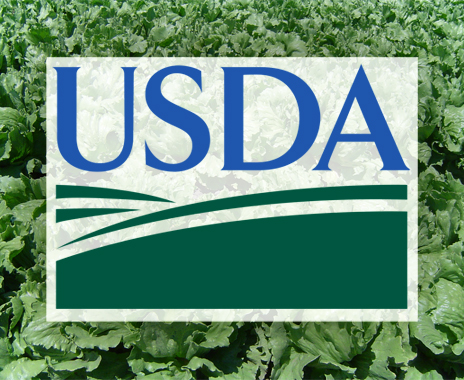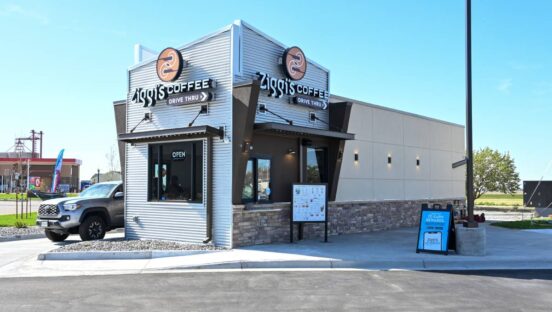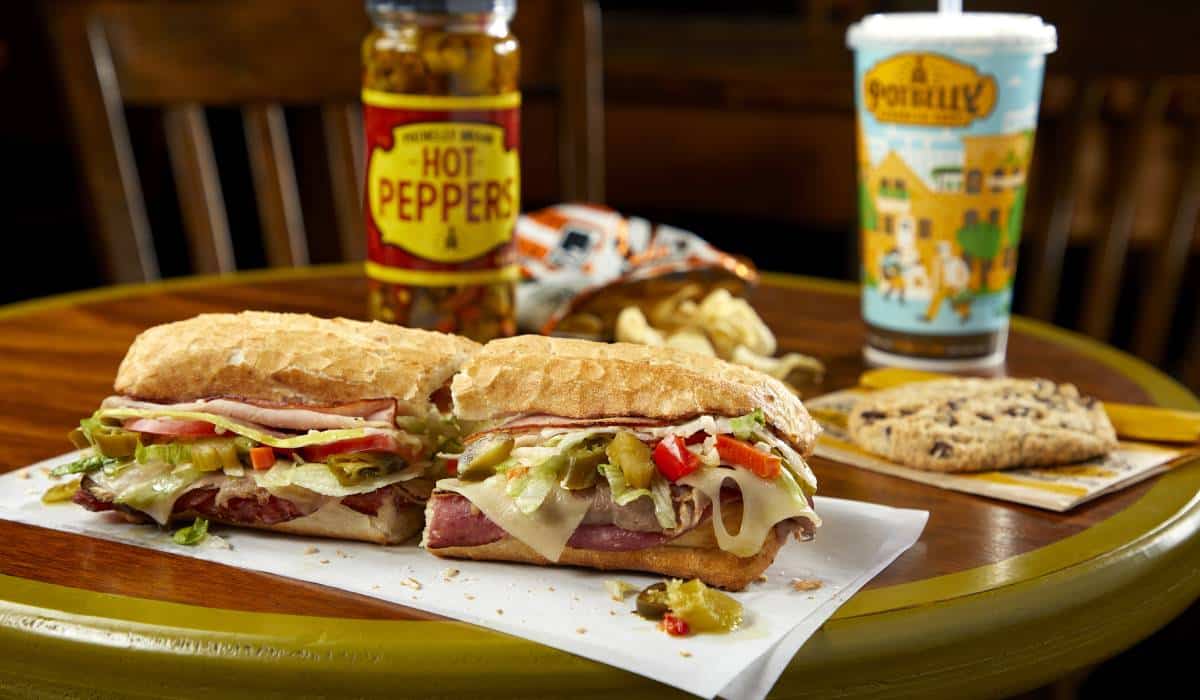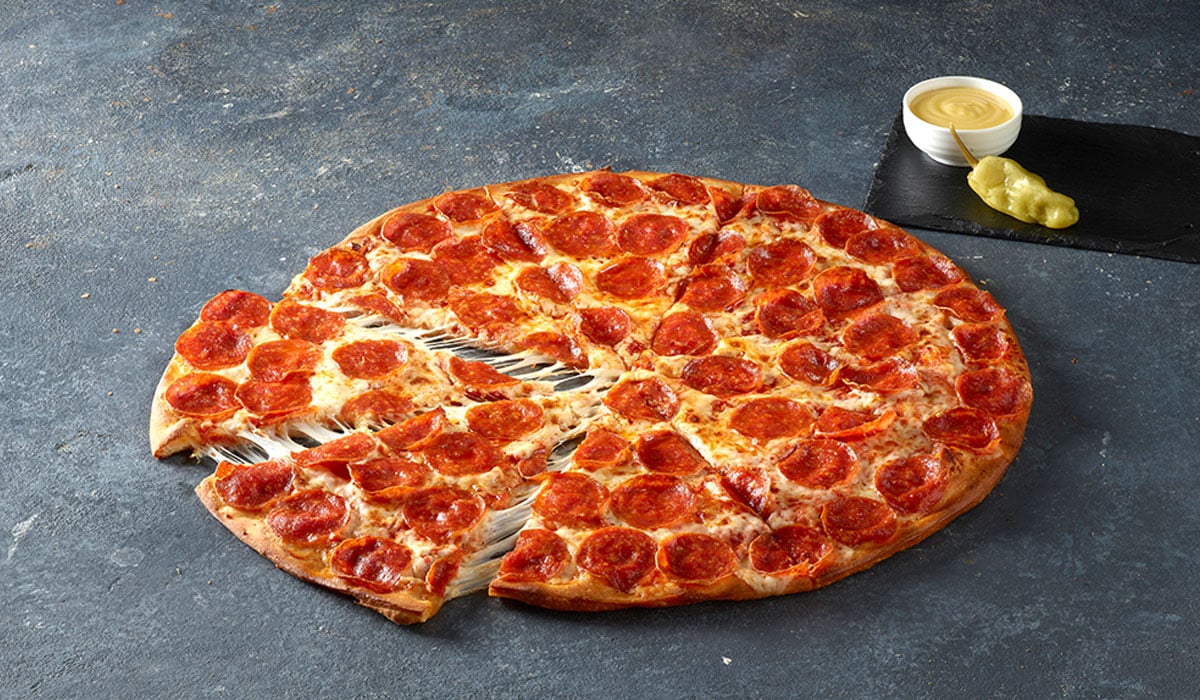In September, the U.S. Department of Agriculture (USDA) announced an initiative to cut national food waste in half by 2030.
Under this program, the USDA will work with the Environmental Protection Agency, continuing the agency’s efforts to educate consumers about food date labels and safe food storage. The government also wishes to involve the private sector, including foodservice providers and restaurants, as well as state and local governments and charitable organizations. The overarching mission of the program is to address food insecurity by reducing the billions of pounds of food that go to landfills.
According to government data, reducing food waste by 15 percent would save enough food to feed more than 25 million people each year. The 133 billion pounds of food that end up in landfills annually also release methane gas—a greenhouse gas linked to climate changes.
Most consumers need not look farther than their own household to find food waste. All too often, leftovers are passed over until it’s time to throw them out; fresh foods quickly spoil when not used soon after purchase; foods that are frozen with the best of intentions are frequently purged; and canned or bottled foods often remain hidden in cupboards and cabinets long past the expiration date. The result is a sizeable amount of waste.
The average American family of four throws away an estimated $1,500 worth of food every year and overall, retailers and consumers waste—nearly a third of the country's food supply, according to government data. Multiply this figure many times for restaurants and foodservice operators, and the scope of the problem becomes apparent.
“Food waste is a hot topic now,” says Laura Abshire, director of sustainability at the National Restaurant Association (NRA). “People can relate to it, even with food items in their own refrigerator. This resonates well with consumers.”
According to the 2015 Culinary Forecast from the NRA, food waste was in the top 10 areas of concern for the first time, showing an increased awareness of the problem. In turn, many consumers have chosen to support restaurants that align with their values and are doing the right things, she says.
In addition, the Food Waste Reduction Alliance, operating under the auspices of the Grocery Manufacturers Association, the Food Marketing Institute, and the NRA, includes more than 30 manufacturing, retailing, and foodservice companies, along with expert partners from the anti-hunger community and waste-management sector. Together, they are determined to cut down on food waste, Abshire says.
“Measuring the problem is the first part of the solution,” she says. “Simply paying attention can create an increased awareness of food waste.”
Tracking waste and learning how much food is being thrown away is made possible by technology solutions such as LeanPath Tracker, a fully automated food waste–tracking system from LeanPath. According to LeanPath, most foodservice operations throw away 4–10 percent of the food they purchase as pre-consumer food waste, which works out to roughly $40,000 to $100,000 for every $1 million in food purchases.
Tracking food waste in the kitchen is the best place to start, says Janet Haugan, director of marketing at LeanPath. While waste can be measured manually, an automated system can prove more accurate and increase employee awareness.
“Prevention should be the highest priority,” Haugan says “This is the only food waste–management solution that can save operators money by reducing food purchases that are going to waste and has the greatest environmental impact.”
Engaging employees as part of the process is an important component of waste reduction in the restaurant environment. Setting goals and rewarding staff for ideas to reduce waste can create a positive culture about solving the problem.
Other areas of food waste to monitor include vegetable and fruit trimming, over production of menu items, spoiled and expired items, and over-portioning. Other potential solutions include examining the supply chain to pinpoint areas of waste, educating employees in best practices to cut down on waste, offering customers to-go packaging, and composting food when disposal is necessary.
Donating extra food to local food banks or charities is another possibility and, in some cases, it can be a tax write-off. Lastly, involving customers in the process can foster a positive attitude and drive the movement since consumers typically support businesses with environmental or social missions.
“As you look at key metrics, food waste is something that every operator should have a handle on,” Haugan says.













